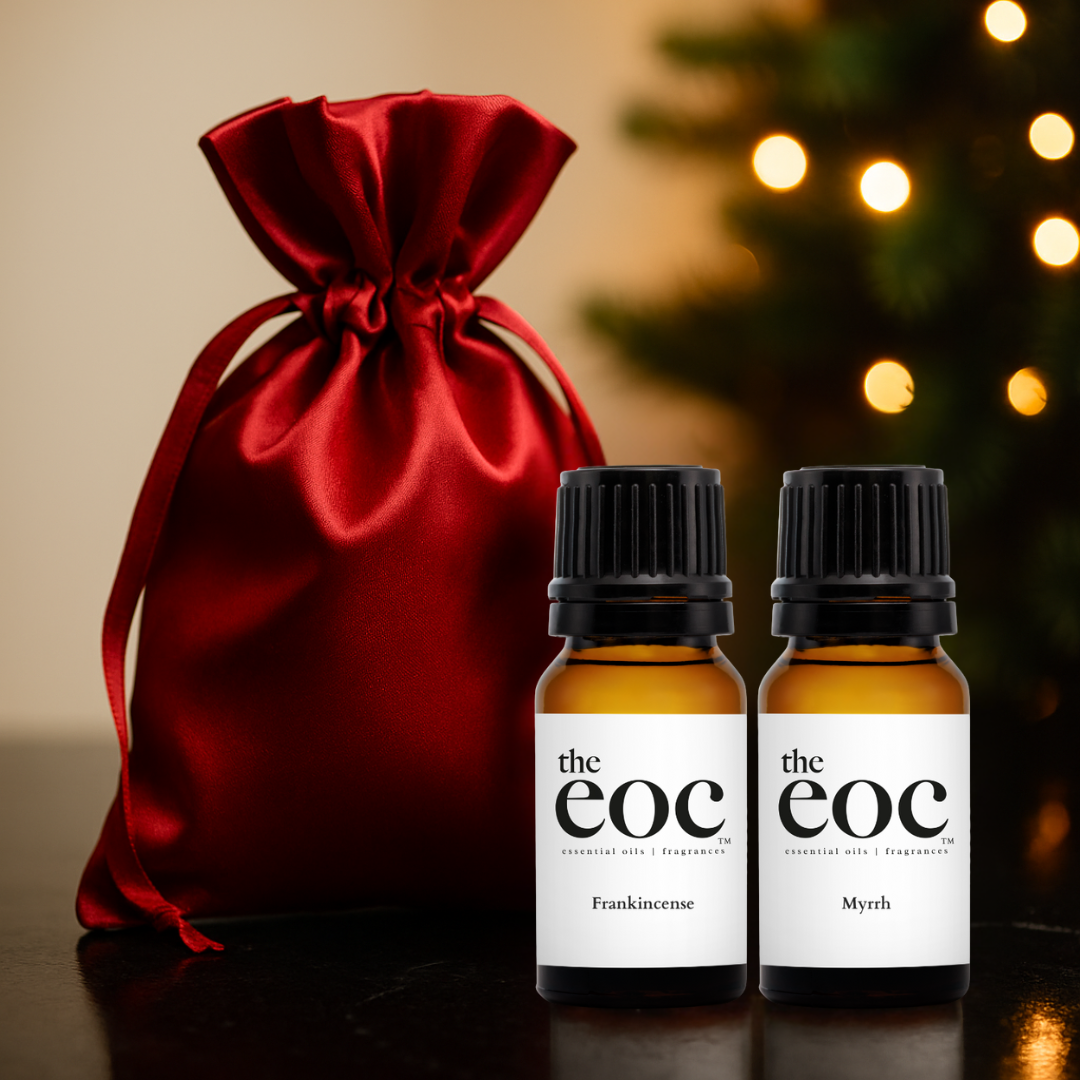Whether you are new to the world of CBD or somewhat of a cannabidiol expert, it is important that anyone interested in CBD products understands the terms involved so they are able to make informed choices and find products that fit their needs. Full-spectrum CBD products are gaining a lot of popularity because of all of their incredible natural benefits and to fully experience them it is wise to become familiar with the lingo.
2-AG
One of two endocannabinoids that have been identified, 2-Arachidonoylglycerol (2-AG), is a molecule created by the body. The body produces 2-AG as needed to keep bodily functions running smoothly, including the immune system and inflammation. 2-AG is believed to aid with pain management, appetite, and immune system function by interacting with the endocannabinoid system receptors. This complicated process is still being studied and new information is being found everyday.
Anandamide
The second endocannabinoid that has been identified, Anandamide, is a molecule created by the body as needed to assist with appropriate bodily functions. Anandamide is thought to positively alter faculties in the body like memory, mood, learning ability, cognition, and particular motor functions. Studies show that CBD can increase the amount of anandamide in the body by impeding the natural breakdown of the molecule, thus leaving behind more anandamide and its benefits with it.
Broad-Spectrum
Products labeled “broad-spectrum” are somewhere between full-spectrum and isolate formulas. They contain terpenes and other beneficial cannabinoids, so they offer some of the benefits of the entourage effect without any THC, making it a better choice for those who can’t have or don’t want THC in their system. They are not as effective as full-spectrum products but can still be benefited from.
Cannabidiol (CBD)
Also known as CBD, cannabidiol is a naturally developed cannabinoid found in the cannabis plant. CBD makes up roughly 40% of the cannabis plant’s extract, making it the second most predominant active ingredient. Cannanidiol does not produce any psychoactive effects. It interacts with the endocannabinoid system, which plays a role in mood, sleep, appetite, and many other bodily functions.
Cannabinoid
A cannabinoid is a lipophilic molecule that acts on the endocannabinoid system in the body. This includes both the endocannabinoids produced naturally in the body and phytocannabinoids found in many plants, the most prevalent being cannabis. Cannabinoids react with receptors and metabolic enzymes in the endocannabinoid system triggering beneficial effects on the body. They basically regulate how cells communicate, making them an important factor for keeping bodily functions balanced. The two most well-known cannabinoids are THC and CBD found in the cannabis plant.
Cannabis
Cannabis is a plant found in the Cannabaceae family and originates from Asia. It is an annual, flowering herb that produces cannabinoids and terpenoids. The cannabis plant is also sometimes referred to as hemp. The two main cannabinoids found in the cannabis plant are CBD and THC.
Delivery Method
Delivery method is the way a drug enters the body. Different delivery methods can effect how the body reacts and how quickly that reaction will occur. Delivery methods for CBD products can include edibles that are ingested and topical forms that can be applied to the skin.
Delta-9 tetrahydrocannabinol
Also known as “THC”, delta-9 tetrahydrocannabinol is the primary cannabinoid found in the cannabis plant. It is responsible for the psychoactive effect that is referred to as the “high” feeling. It does this by reacting with the endocannabinoid receptors to release dopamine, which creates the feeling of euphoria.
Edible
A type of food that contains a form of cannabis. When this delivery method is used, cannabinoids enter the system through the bloodstream and the liver, which delays the onset of the effects and increases the potency.
Endocannabinoid system
The endocannabinoid system, named after the cannabis plant which led to its discovery, is part of the nervous system that works to maintain bodily homeostasis or support the balance of the body even when the environment changes. Endocannabinoid receptors are found throughout the entire body and this system plays a part in appetite, stress, sleep, pain, memory, and immune function. The endocannabinoid system was discovered just 30 years ago and scientists are still uncovering new and exciting information about how it works and what effects it.
Entourage effect
The entourage effect is a phenomenon that results in the many components in the cannabis plant interacting together with the human body to produce a stronger effect than any one component used on its own. Full-spectrum and broad-spectrum CBD products combine CBD with other naturally occurring terpenes and cannabinoids to be more effective than isolates alone.
Extraction
Extraction is the process of isolating specific desirable components from a plant’s tissue usually using a solvent. This is how essential oils are made as well as CBD oil.
Essential Oil
Essential oils are a concentrated, volatile natural extract from a plant that has the characteristic fragrance or “essence” of the plant from which it has been extracted.
Full-Spectrum
Full-spectrum CBD products include all the terpenes, cannabinoids, flavonoids, and fatty acids found in cannabis, including THC. They each have therapeutic value of their own and are amplified when combined by the entourage effect.
Hemp
A non psychoactive strain of the cannabis plant often grown for industrial use. Hemp used in CBD products must contain less than .3% THC.
Homeostasis
Homeostasis is the self-regulating process of any of the bodily systems. It is how your body automatically finds balance.
(CBD) Isolate
Isolate products are 99% CBD. Everything contained in the plant matter is removed until only a powder or crystalline form of CBD is left.
Microdosing
A technique which involves consuming small servings of CBD throughout the day. Microdosing is beneficial because it allows the user to maintain stable CBD levels in their system. This consistency can be important for those who use CBD for its balancing properties.
Phytocannabinoid
Phytocannabinoids are chemical compounds in cannabis plants that mimic the endocannabinoids naturally produced by the human body. CBD and THC are well-known examples of phytocannabinoids, but there are at least 113 different phytocannabinoids in the cannabis plant.
Psychoactive
A property that changes brain function by interacting with the central nervous system and results in altered perception, mood, consciousness, cognition, or behavior. THC is the primary psychoactive component in cannabis plants.
Salve
A delivery method where an ointment is applied directly to the skin. A salve can be a way to apply CBD and/or essential oils to the skin topically.
Sublingual
Latin for “under the tongue,” sublingual is the delivery method for administering something by mouth, such as medicine and other remedies. It involves placing a substance under the tongue, where it can be quickly absorbed into the blood vessels and begin to circulate throughout the body.
Terpene
Terpenes are the chemical compounds responsible for the aroma and flavor of a plant. More than 100 different terpenes have been identified.
Tincture
A delivery method, typically administered sublingually, that quickly absorbs and distributes throughout the body. A tincture is made by dissolving an extract of plant material in alcohol.
Topical
A delivery method where product is applied to the skin, typically as a salve or lotion, over the areas where they’re needed.
You may also enjoy:










